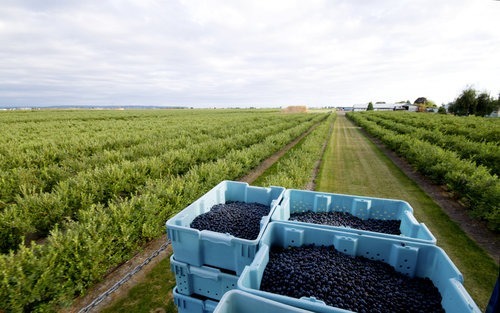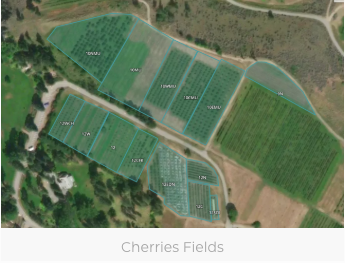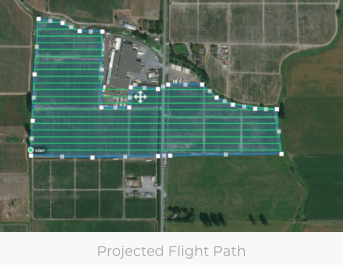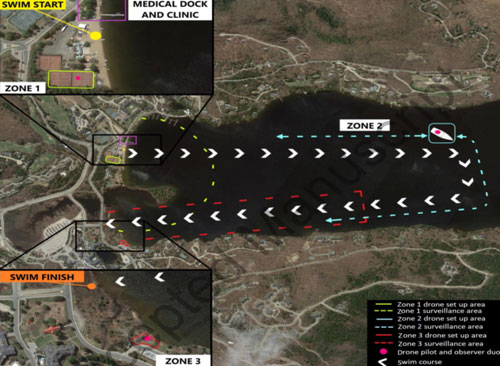
Unmanned Aerial Vehicles (UAVs) for BC Agricultural Applications
A Growing Forward 2 Program
Use of Unmanned Aircraft Vehicles (UAVs) in agriculture has seen limited adoption by BC farmers and UAV service providers. Therefore, the BC Ministry of Agriculture (AGRI) is looking to assess viability and utility of UAVs and communicate realistic and current high value opportunities to the BC agriculture sector while scoping future use cases and technology uptake.
More about the GSAGF2-430 Project
This project is intended to assess the viability and utility of UAVs and communicate realistic and current high value opportunities to the BC agriculture sector while scoping future use cases. The project is intended to leverage on-site field demonstrations to engage BC agricultural producers and provide decision aids for UAV adoption. The project will synthesize and address information gaps not covered by other studies or service providers from other jurisdictions or regions, or provide linkages to relevant existing information. The project is a multi-year research, communication and case-study program with 3 phases. Phases 1 and 2 were completed in 2016 and 2017 respectively. Phase 3 is projected to be completed in 2018.






